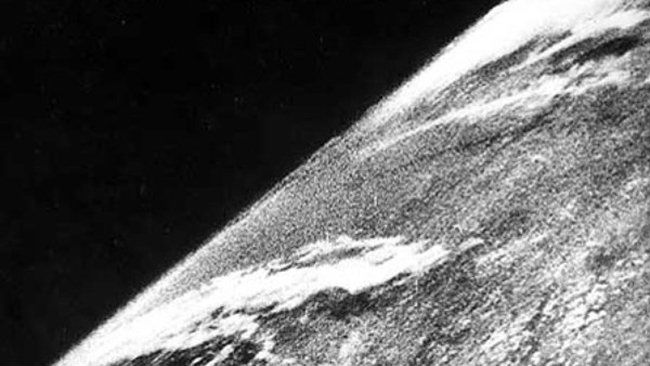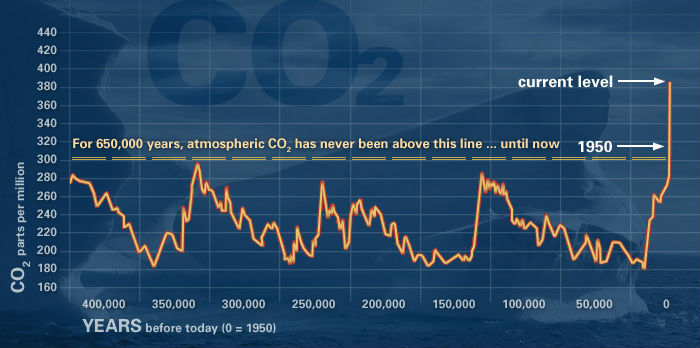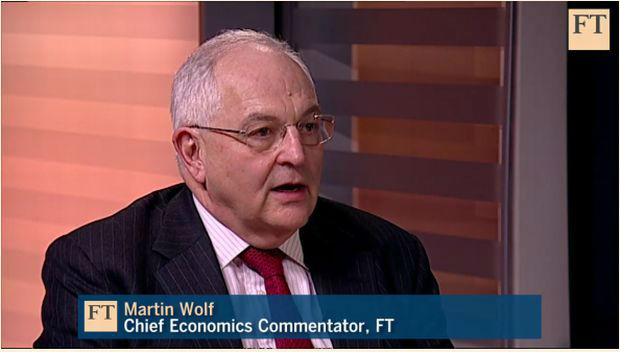Take a peek at the history behind this flag by running the 3-minute video below
I sometimes struggle to explain to people who don’t follow Twitter why I find it so useful. But it’s a bit like living alongside an eAmazon , a great outpouring of information, on which all sorts of interesting things are borne along with the flow. At one level, it appeals to the beachcomber in me. So, for example, one of today’s treasures was this video mapping of European country borders over the past 1,000 years. All in 3 minutes. The music is tiresome, but you can always turn it down, or off.
I have always loved History, but this is ridiculous. And I confess it makes me feel more pro-European. It also gives a sense of just how fragile the Eu project may prove to be in the longer term.





